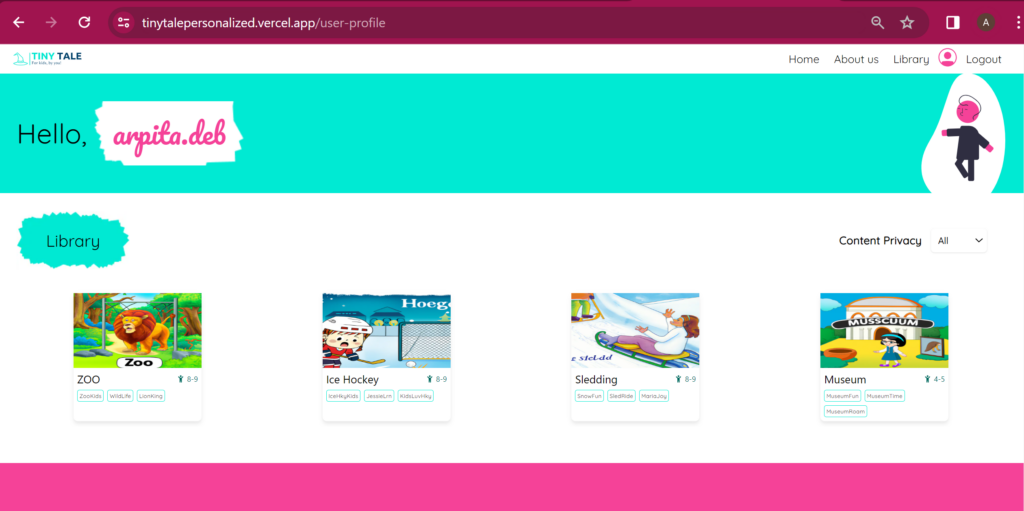Despite layoffs and economic uncertainty, Canada still faces a tech talent shortage. Yet many viable candidates who could help fill the gap often struggle to build the networks and skills necessary to break into the industry. Even as startups look to deepen their bench by focusing on previously untapped talent pools across the country, individual candidates still need support on their journey. That’s where programs like Team-UP from tech skills school ComIT can help.
Speaking with BetaKit, Pablo Listingart, Executive Director of ComIT, explained more about how Team-UP’s programming and structure help people successfully break into tech.
Failure to connect
Building new skills is only half the battle for people looking to change careers. For tech specifically, the more challenging parts, said Listingart, come in building networks and navigating the myriad of possible paths into the industry. With so many possibilities and unlimited information, Listingart said would-be candidates often end up feeling overwhelmed and stuck.
“We are replicating the ‘work from the garage’ spirit of a group of friends, getting together, creating a new project.”
Pablo Listingart
“We are literally bombarded with information every day,” said Listingart. “It’s difficult to curate that and to decide what is the right path for us. And that is discouraging for many people.”
When feeling discouraged, many people would normally turn to their network or community for support. But for those who don’t live in populated tech hubs or working in a post-COVID remote work framework, that network might not exist.
“People are completely disconnected in many ways,” said Listingart. “They are not part of a community or they are not in a work environment dealing with other people or they don’t do any other activities. So it’s really easy to be isolated.”
Structured collaboration
The solution, said Listingart, is to offer structured guidance, skill development, and an opportunity to build connections. Listingart hopes that Team-UP, a new 11-plus week program offered by ComIT, can both provide these core skills and combat the isolation some feel trying to break into tech. The idea came from ComIT alumni, who said they didn’t know how to fill their time between the program ending and finding their first tech job.
To Listingart, that next step was obvious: focus on building soft skills, meeting new people, and bolstering your portfolio. But he realized that what might seem obvious to him, or anyone else with industry experience, may not appear obvious to someone more green.
Unlike ComIT courses, which are largely individual-focused, Team-UP prioritizes collaboration and connection. To start, participants are put in groups of five to six individuals. From there, each team is paired with a senior industry mentor to help them on an assignment—either to create a from-the-ground-up clone of a major tech platform (e.g. rebuilding your own version of Amazon or Skip The Dishes) or launch their own MVP idea.

Before building anything, participants have to create a project proposal that details scope of work, timelines, roles and responsibilities, and an explanation of how the team will track their own progress on self-chosen milestones. Then, after the project is finished, the teams present in a pitch-style online event to peers, mentors, and community members where they receive feedback and have the opportunity to make new connections.
This structure is built to not just provide skills and aid in network-building, but also to stem feelings of isolation before they take root. The entire program is done in a collaborative setting, helping students gain experience for their portfolios while building meaningful connections. And for participants working on their own ideas rather than building a clone, Listingart said he hopes some will go on to become full-fledged startups.
“We are replicating the ‘work from the garage’ spirit of a group of friends, getting together, creating a new project,” said Listingart.
Team-UP across Canada
While Team-UP was built explicitly to support people learning new skills and transitioning into tech, Listingart has an additional goal with the program: build more connections between individuals across Canada.
Listingart noted that many Canadian tech accelerators like Communitech in Waterloo or North Forge in Winnipeg work in specific catchment areas; if you live outside that specific geographic region or simply don’t know about the programs’ existences, you can’t easily get support.
Yet with a talent shortage on one side and individuals across the country hungry for new skills on the other, more than just one program is needed. While Team-UP is Listingart’s contribution, he wants to see other organizations contributing as well, whether that’s through additional programming or simply a mindset shift.
“My idea has been to connect the disconnected, to try to spark a little bit of that creativity in people so that they can get together with people with other skills and create something new, because that is something that we are missing in Canada,” said Listingart.
Feature image courtesy Chris Montgomery via Unsplash.


